[ad_1]
Tomatoes are one in every of many necessary frequent greens for dwelling gardeners to develop. There are many quite a few sorts of tomatoes and whereas most can develop merely high-quality by themselves all through the yard, many tomatoes do significantly increased when planted with a selected type of neighboring plant. This course of is called companion planting.
Tomatoes have many good companions all through the yard which is able to assist with pollination, fruit manufacturing, and even mannequin. Nonetheless with the nice furthermore comes the damaging.
Fairly just a few sorts of vegetation ought to by no means be planted close to your tomatoes. Planting with poor companion vegetation will improve the potential of pest infestation, diseases, and nutrient rivals. Let’s take a deeper take a look at the vegetation it’s important to attempt to avoid planting close to your tomatoes this season.
How Companion Planting Works
Moreover often called intercropping or interplanting, companion planting companions vegetation collectively which will have useful outcomes on each other.
Traditionally, companion planting was based mostly completely utterly on folklore and trial and error, with little information of which vegetation are scientifically acceptable or incompatible. There’s tons to be acknowledged about merely understanding what works and what doesn’t based mostly completely on remark.
Nonetheless, we now have scientific sources to point to, and related particulars about how and why particular vegetation have an effect on each other, which saves numerous time.
Ideally, companion planting offers advantages for each, or all vegetation concerned. Crops which is perhaps mutually useful to at the least one one different are among the many finest companions, though there are events when a decorative plant is perhaps positioned with edibles to no good thing about its non-public, along with that it will improve pollination for the edibles.
The video beneath explains a bit further relating to the science behind companion vegetation.
Now that you’ve got a greater understanding of how companion planting works and the science behind it, let’s check out just some of the vegetation it’s important to avoid planting close to your tomatoes!
Broccoli
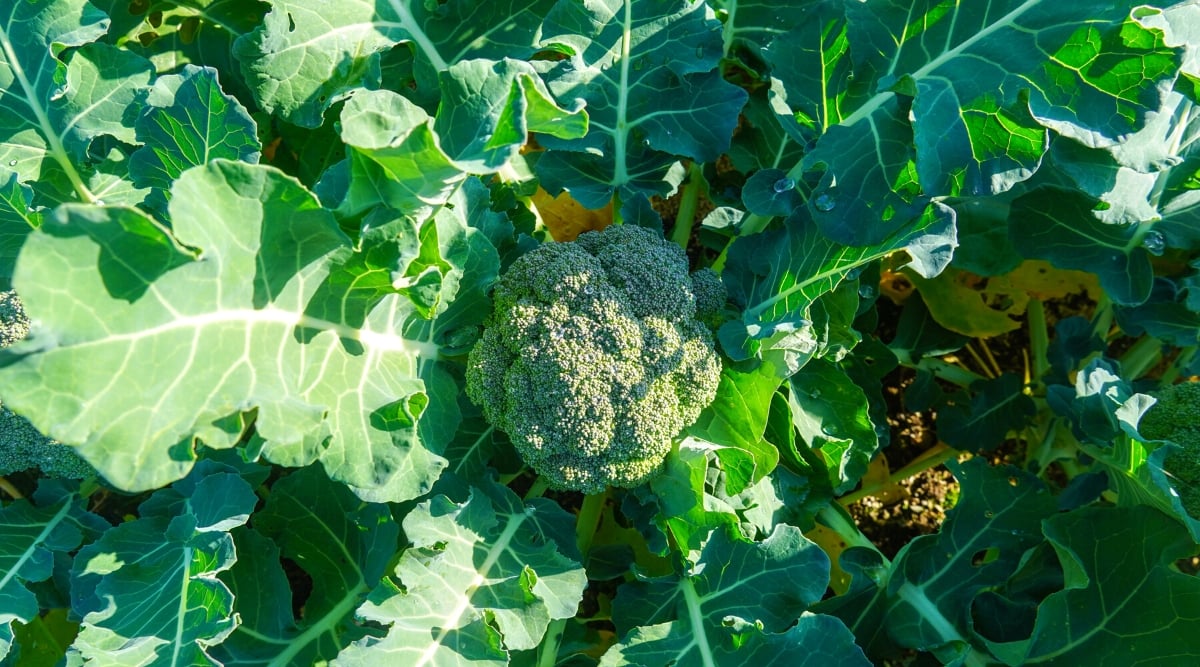

This pairing has a much bigger damaging have an effect on on broccoli than in your tomatoes, nonetheless it’s nonetheless good to know for a lot of who plan to plant each of those veggies.
Broccoli and tomatoes are each heavy feeders, and whereas tomatoes may come out on prime on this rivals, it will likely be higher for each, in the long term, to maintain up them separated.
Brassicas (of which broccoli is a member) and nightshades (tomato matches into this group) typically don’t thrive collectively. They each require numerous dietary nutritional vitamins and will compete, leaving one or each crops wanting and tasting subpar. For greatest outcomes, give these two greens at the least 3 toes of residence from each other.
Within the occasion you need to make it straightforward in your self, choose a completely utterly utterly completely different plant to pair with broccoli all through the yard.
Brussels Sprouts
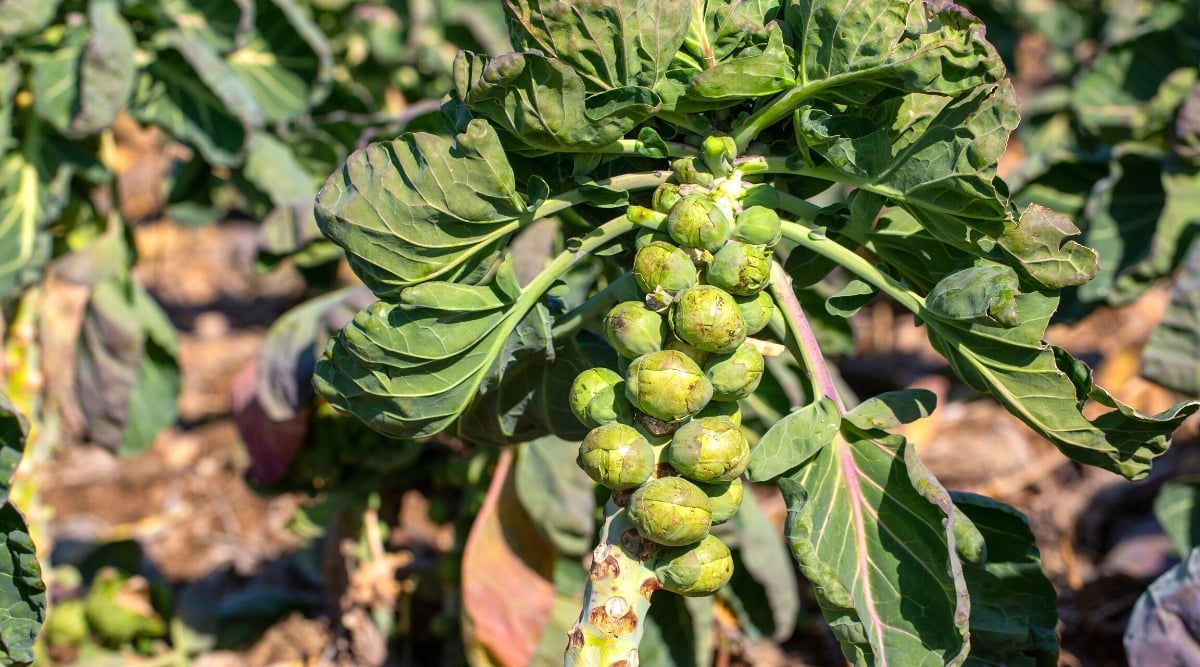

Brussels sprouts are brassicas as efficiently, so they aren’t acceptable with tomatoes. Tomatoes will endure from this union with stunted progress as brussels sprouts hog your full nitrogen all through the soil leaving tomatoes to languish on their leftovers.
To present tomatoes among the many finest probability, preserve these two greens in separate beds. Each want full picture voltaic, an excessive amount of water, and nitrogen-heavy fertilizer.
Cabbage
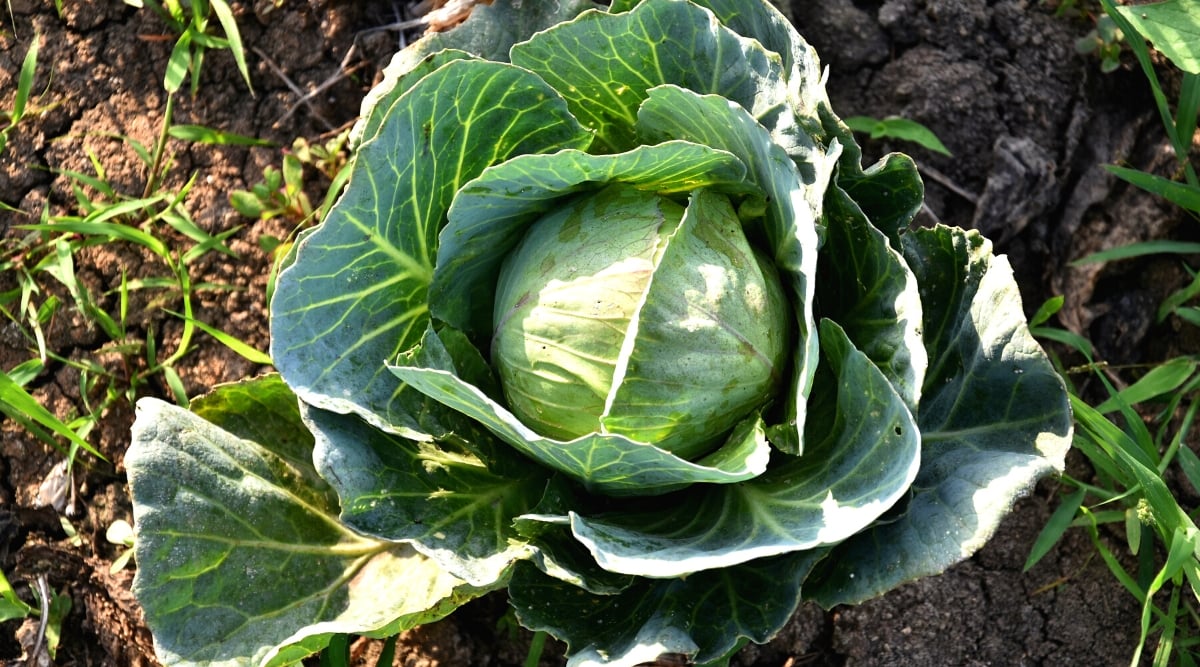

Cabbage is one completely different member of the brassica household of greens, which suggests they don’t combine with tomatoes and will inhibit the tomatoes’ progress. Cabbage and tomatoes collectively point out small fruits and diminished yield.
Cabbages furthermore want numerous dietary nutritional vitamins. They’re heavy feeders, and so are tomatoes. On this relationship, the tomatoes not often win the battle over dietary nutritional vitamins. These two merely don’t combine. Cabbage has an extended itemizing of good companions, in order that you may be higher off deciding on one completely different plant.
Cauliflower
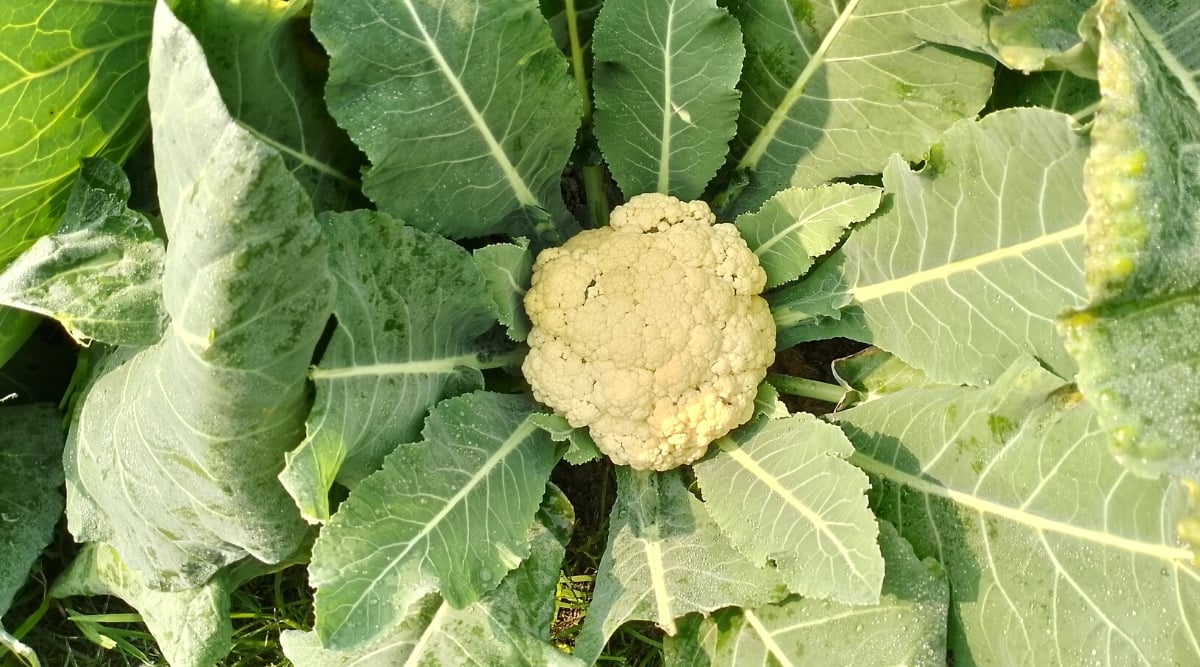

Tomatoes and cauliflower don’t make good neighbors as efficiently, and for a similar motive. Cauliflower is a brassica, and they also’ll compete for dietary nutritional vitamins, leaving each greens with lackluster manufacturing.
It is perhaps tempting to see if cauliflower helps maintain all through the moisture to guard tomato roots, nonetheless the truth is that neither plant will income from this union.
Better to pair every plant with beans! Beans assist make nitrogen all through the soil further available on the market to utterly completely different vegetation and have a vining habits, making this pair a wonderful residence saver.
Corn
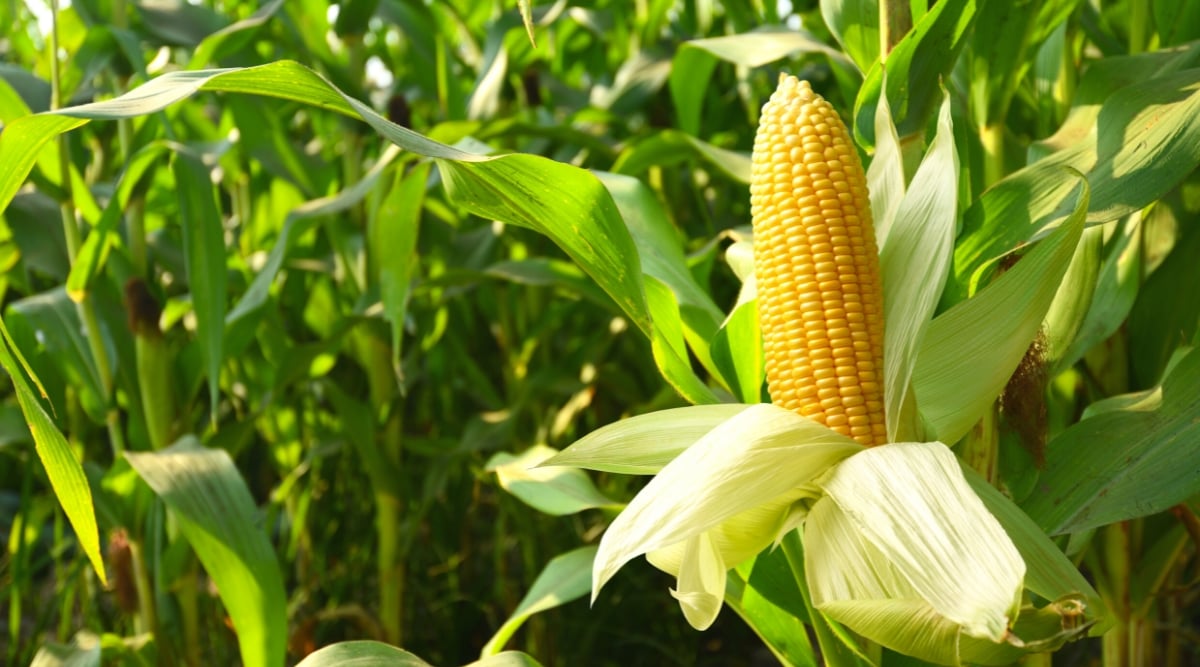

Tomatoes and corn are poor companions on account of they share a extraordinarily harmful, frequent pest. Heliothus zea is the larvae of the corn earworm, a moth that goes by the scientific set up Helicoverpa zea.
This worm goes by one completely different frequent set up, Tomato Fruitworm. This pest considerably assaults the fruit of the plant and will render each fruit they contact inedible.
Due to these vegetation share a typical pest that’s acknowledged to be terribly harmful, it’s best to plant them aside. As shortly as a result of the pests swap in, they will don’t have any motive to depart if there may be an excessive amount of meals for his or her offspring and may find yourself decimating each crops.
Dill
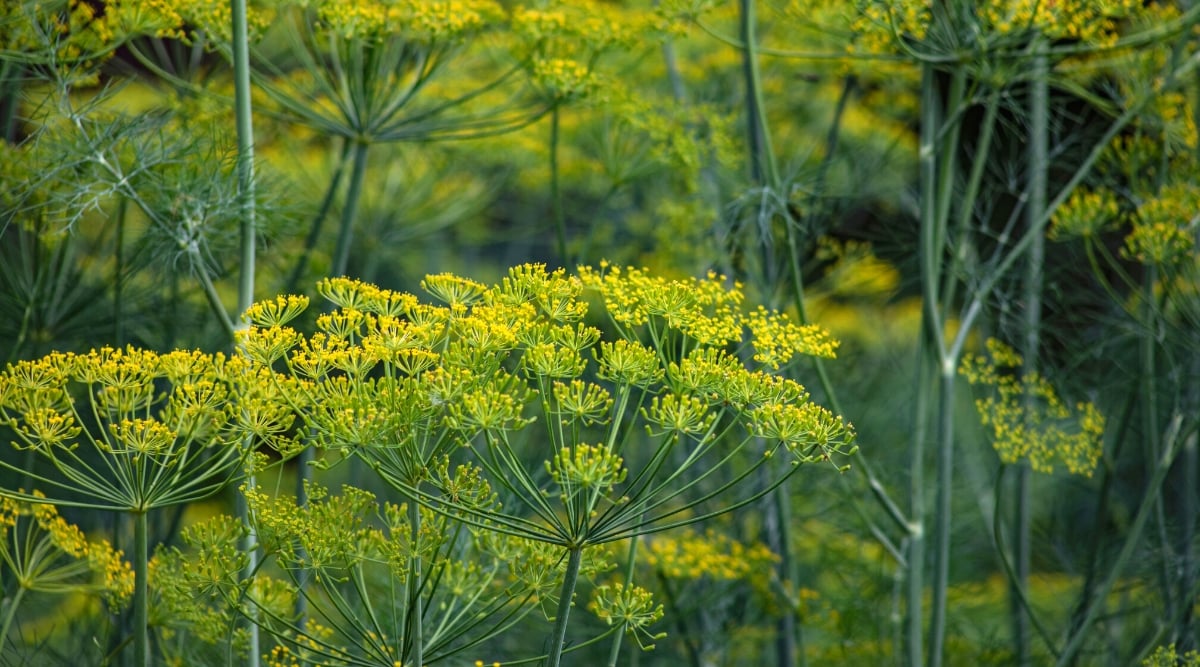

Most herbs develop very efficiently with tomatoes, nonetheless dill is an odd plant out in that class. When dill is youthful, it’d most likely have useful outcomes on tomatoes. As an example, aphids uncover dill to be a repellent, and this pairing would income tomatoes in that means.
Sadly, the pairing wouldn’t maintain useful in the long run. As shortly as dill blooms, it ceases to be a wonderful neighbor for tomatoes. When dill goes to seed, it should rob the soil of dietary nutritional vitamins that tomatoes want, stunting their progress and top of the range of fruit.
Eggplant


Eggplants and tomatoes ought to technically work efficiently collectively, as they’re each nightshades and have related wants. Nonetheless, they will compete for dietary nutritional vitamins, and tomatoes won’t come out on prime.
Along with, tomatoes develop tons taller than eggplants, and eggplants don’t select to be saved all through the shade.
Eggplants are notably susceptible to blight, which areas their neighbors in a dangerous state of affairs. Having these vegetation near your tomatoes will improve the tomato plant’s vulnerability to blight as efficiently. It’s greatest to maintain up these two aside.
Due to they compete for dietary nutritional vitamins, persist with utterly completely different eggplant companions when planning out your yard.
Fennel
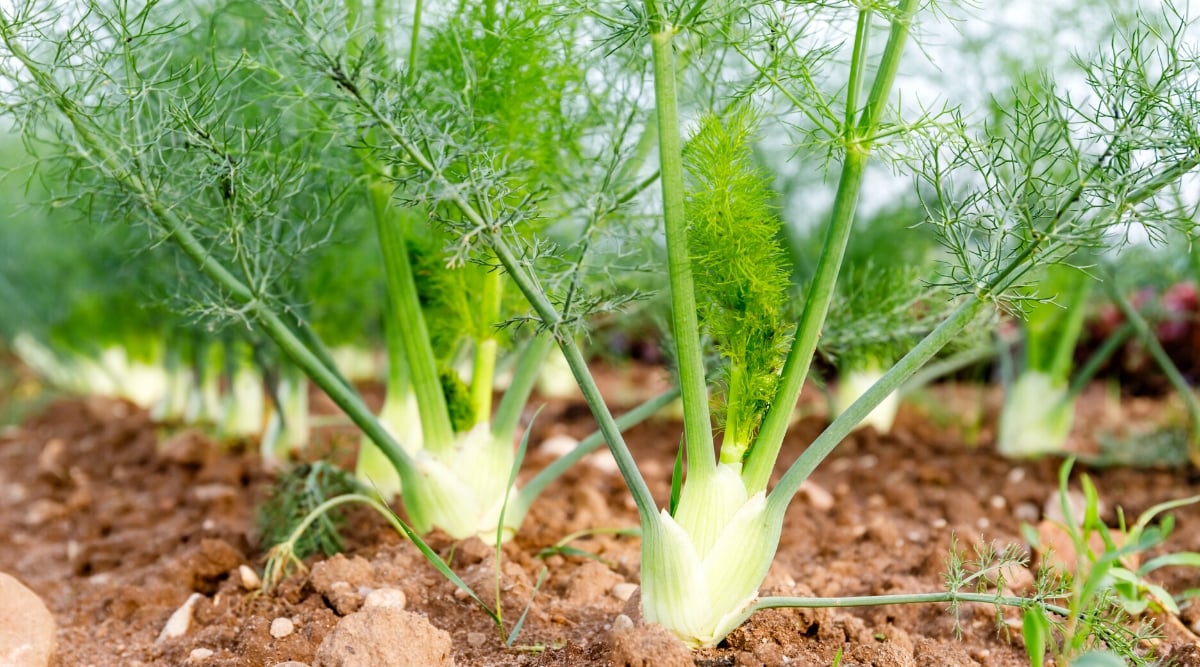

Fennel is an attention-grabbing plant — and as a rule, you’ll discover it on a list like this! Normally, they painting fennel as a horrible companion.
Causes typically given are that it causes utterly completely different vegetation to bolt, ruins their model, inhibits their progress, and even kills vegetation altogether by secreting a chemical from its roots which is able to set off utterly completely different vegetation – a type of allelopathy.
The irony is that fennel is perhaps an unimaginable plant to cease tomato fruitworm and tomato hornworm, on account of it typically attracts in useful bugs that instantly assault these larvae. Tachinid flies/wasps are usually launched in by its flowers, considerably, and these is perhaps an unimaginable boon all through the yard! It’s furthermore a larval plant for butterflies and a typically good pollinator plant.
Is it really allelopathic? Correctly… optimistic and no. Constructive, it’s allelopathic, though most steadily, that’s in course of optimistic sorts of flowers or aggressive weeds. Most established tomatoes don’t have an issue with them, and plenty of the utterly completely different points solely apply to leaf lettuces or utterly completely different inexperienced leafy vegetation.
Nonetheless in case you are involved and have heard horror tales about planting fennel in your yard, you may need to plant them in a close-by container or develop bag as a replacement.
Scorching Peppers
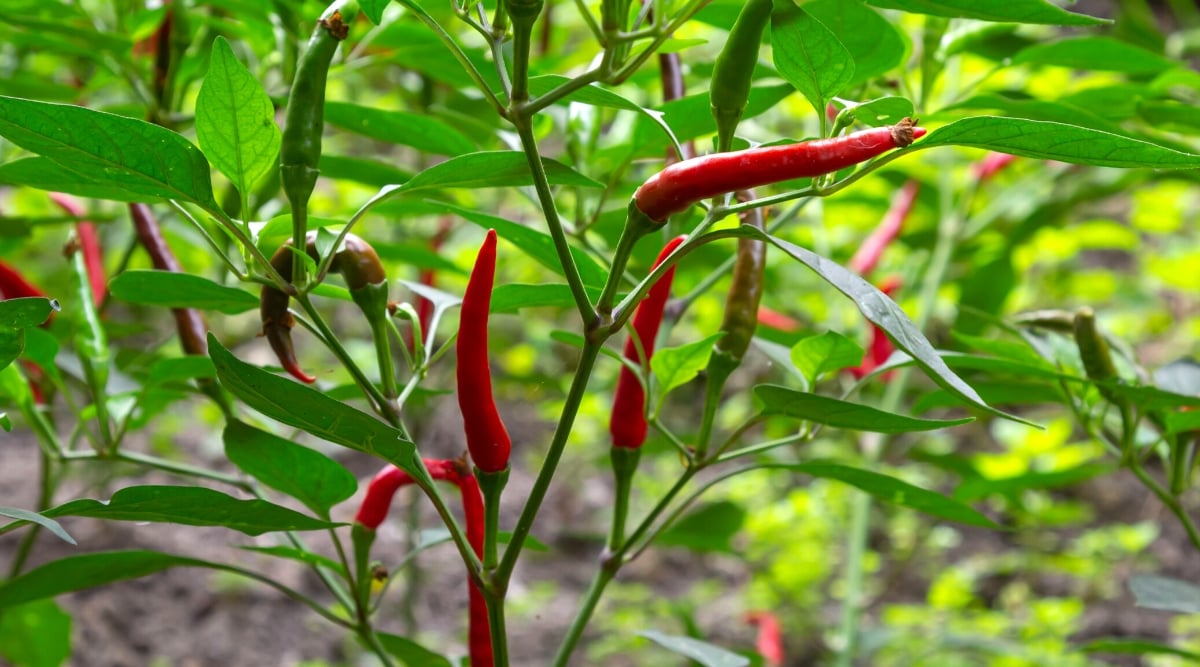

Scorching peppers and tomatoes may go efficiently collectively in salsa, nonetheless with regards to yard beds, they need to be saved aside. Each are susceptible to blight, which may assemble up all through the soil, so conserving these out of one another’s house is an efficient suggestion, long-term.
These vegetation furthermore share a typical yard pest. The tomato hornworm (Manduca quinquemaculata) is raring on the foliage of each vegetation, so putting them collectively implies that each crops are affected if these guys present up.
This doesn’t point out peppers can’t be good companions all through the yard. There are merely utterly completely different vegetation that pair higher with peppers in your yard beds.
Kale
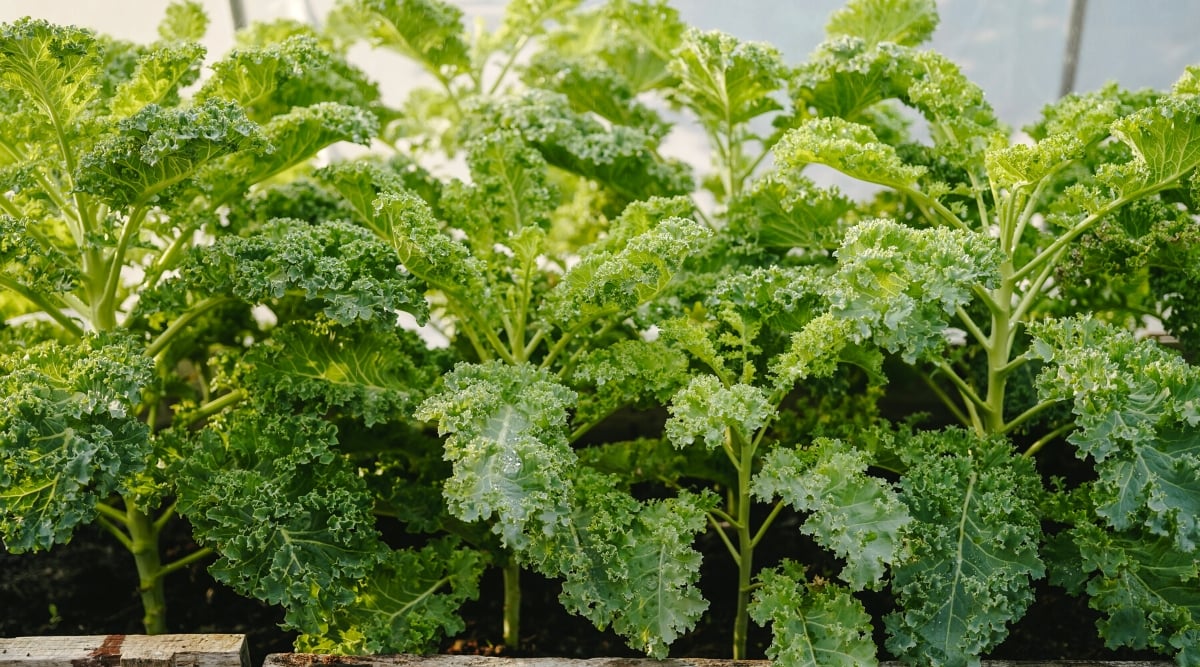

Usually, kale and nightshades make good companions. Kale and eggplant are buddies, and peppers work efficiently with kale, furthermore. Tomatoes, nonetheless, are susceptible to develop fairly massive and they also moreover deplete numerous dietary nutritional vitamins. This causes kale to endure.
This isn’t a hard and quick rule. The 2 can develop collectively within the occasion that they’ve the acceptable nutrient current. Inside the event you resolve to plant kale alongside alongside along with your tomatoes, make certain you current them an excessive amount of nitrogen-rich fertilizer.
As with utterly completely different vegetation on this itemizing, kale has an excessive amount of utterly utterly completely different vegetation that make considerably higher companions all through the yard.
Kohlrabi


Due to kohlrabi is a brassica, it instantly turns into one completely different dangerous tomato neighbor. Inside the event you recall, these vegetation will compete with tomato vegetation for dietary nutritional vitamins, considerably nitrogen.
These vegetation want at the least 3 toes of distance from one another all through the yard and is perhaps higher served by planting in separate beds altogether.
Potatoes
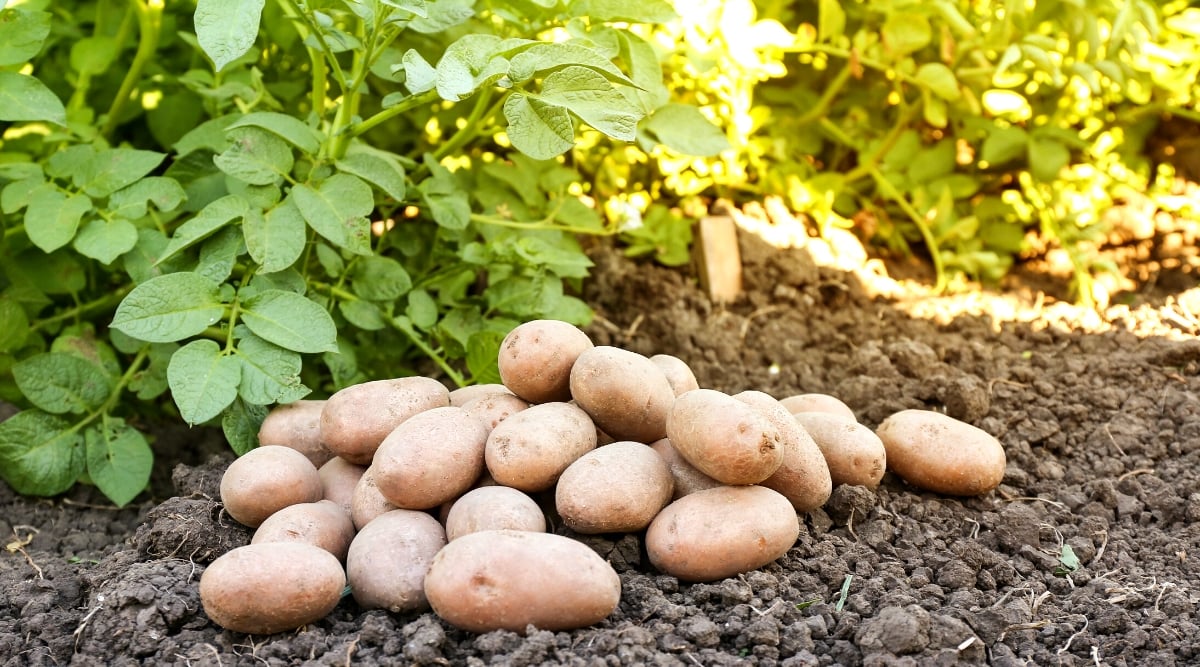

Due to potatoes are nightshades, they will compete with tomatoes for dietary nutritional vitamins. These two vegetation might be susceptible to the equal diseases, which implies that when one is contaminated, you may be vulnerable to lose each.
One completely different complication of potatoes as companions comes at harvest time. Digging up potatoes might set off harm to tomato roots. Full, this isn’t a wonderful match.
Potatoes have many various companions that won’t solely income their progress nonetheless can subjectively improve their mannequin.
Nonetheless, one exception to this rule is the “Ketchup And Fries” grafted plant. That is an uncommon tomato in that it’s solely a tomato on prime – it’s grafted onto a potato plant.
This Frankenstein-like plant can’t have each crops harvested directly, nonetheless; you’ll ought to attend till after you’ve canned your tomatoes they usually additionally’ve died as soon as extra to reap your spuds.
Walnuts
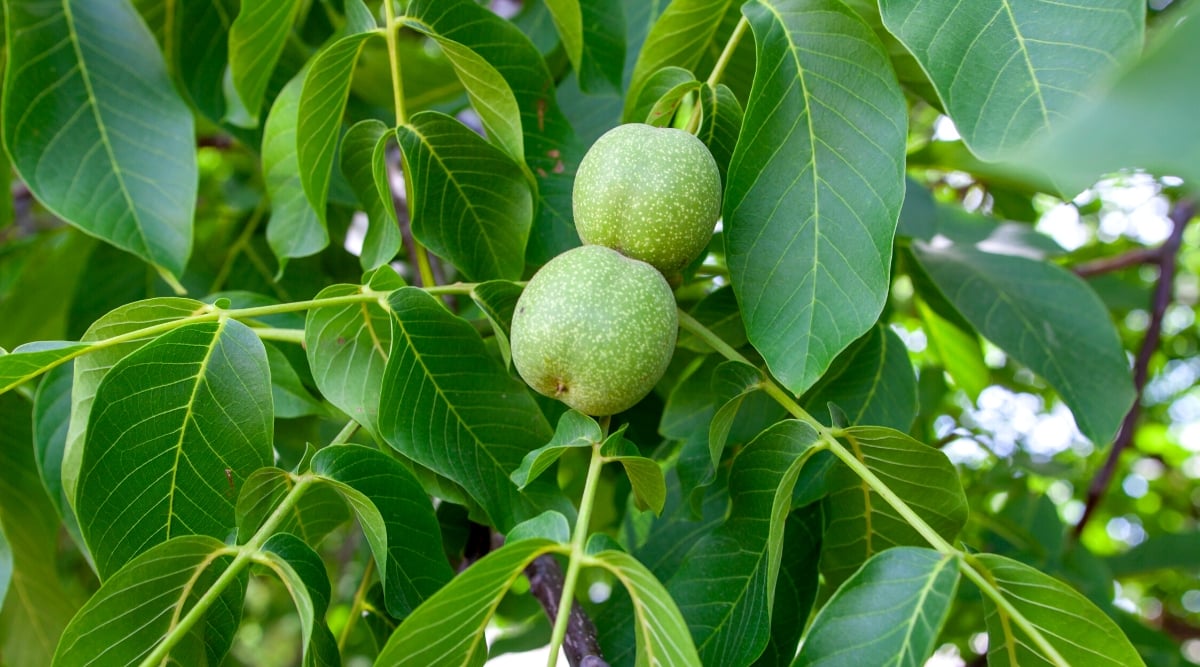

Walnuts, notably black walnut bushes, are usually cautioned within the course of by gardeners, and there’s a wonderful motive: juglone. The black walnut tree secretes this naturally-occurring chemical by the use of its roots primarily, though it’s furthermore discovered all through the walnut hulls and, to a lesser extent, all through the leaves.
Most of this happens all through the soil all through the tree’s root zone, and as likelihood is you may guess, a healthful black walnut has a reasonably sizeable root zone. Juglone is an allelopathic compound, which suggests it’d most likely prohibit plant germination or set off hurt to some youthful vegetation it makes contact with. (Nonetheless not all vegetation – some don’t even uncover it!)
Some solanaceous vegetation are terribly delicate to the juglone secreted by the tree, so it’s really helpful to not plant tomatoes instantly beneath a black walnut.
Whilst you’ve obtained nowhere else to plant apart from instantly beneath the walnut tree, use a raised mattress and select any hulls or leaves that drop into your mattress. Nonetheless, tomatoes like full picture voltaic, so planting them instantly beneath a tree will not be your greatest wager!
Juglone doesn’t persist all through the soil. It has a comparatively quick half-life all through the soil and any hulls, leaves, or chipped picket. If the plant offers are finely chipped, hot-composted, after which aged for as loads as six months ahead of use, there might be no further juglone all through the remaining composted provides, and it’ll be protected for yard use.
Nonetheless for a lot of who don’t have a dependable scorching composting system, it’s virtually definitely greatest to maintain up your tomatoes away from each the compost and the tree.
Last Ideas
Companion planting can improve your harvest, improve soil top of the range, and enhance the flavour of your edible vegetation. Tomatoes income from many pairings, and considerably, tons of herbs make good companions for tomatoes. Blissful planting!
[ad_2]






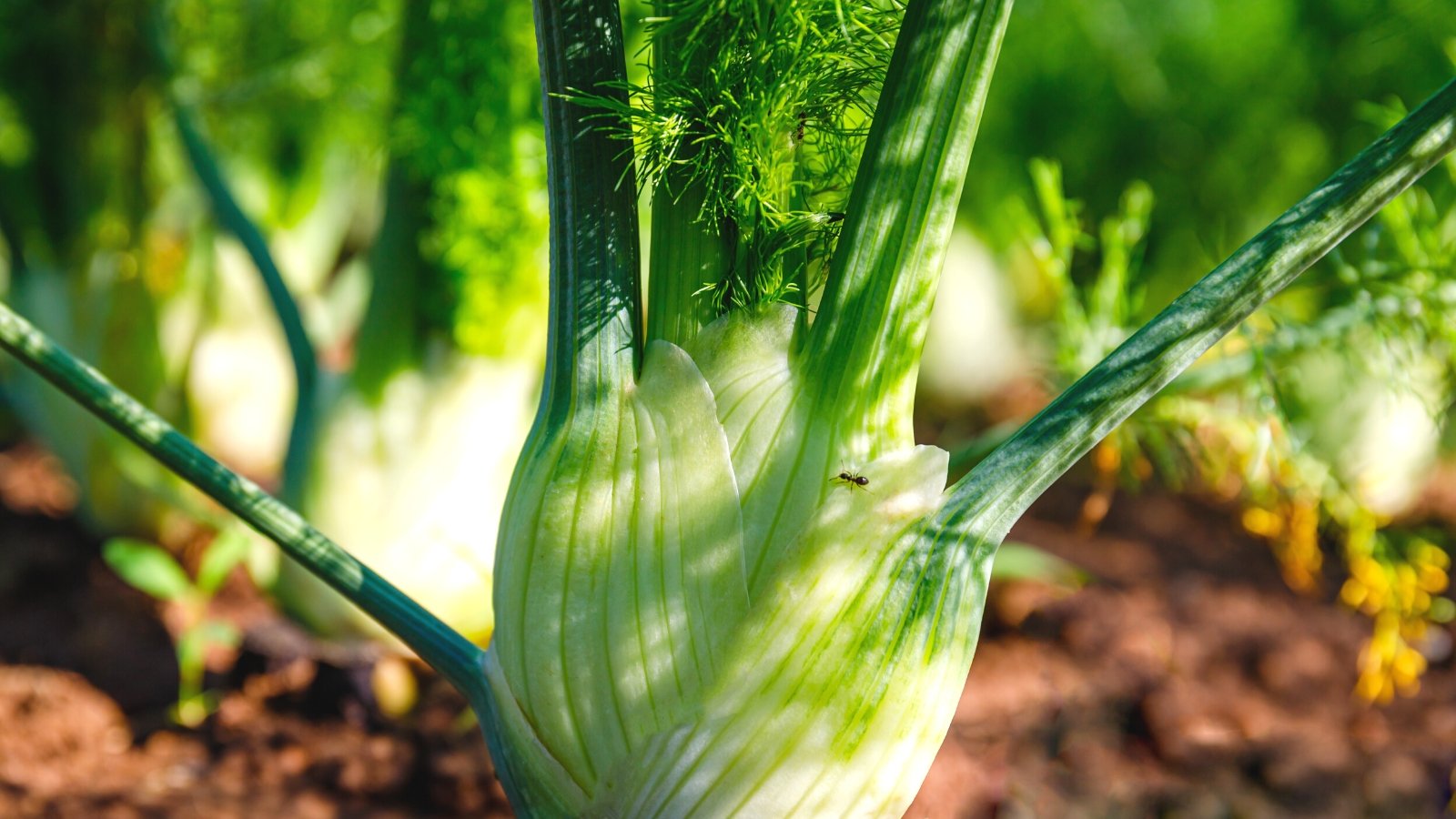
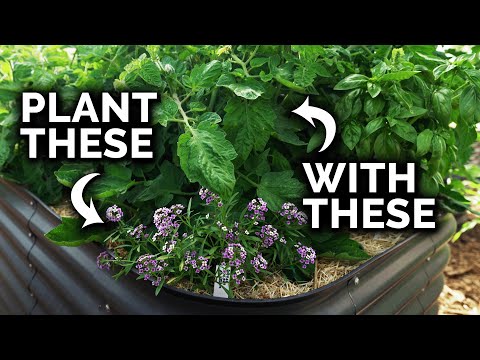
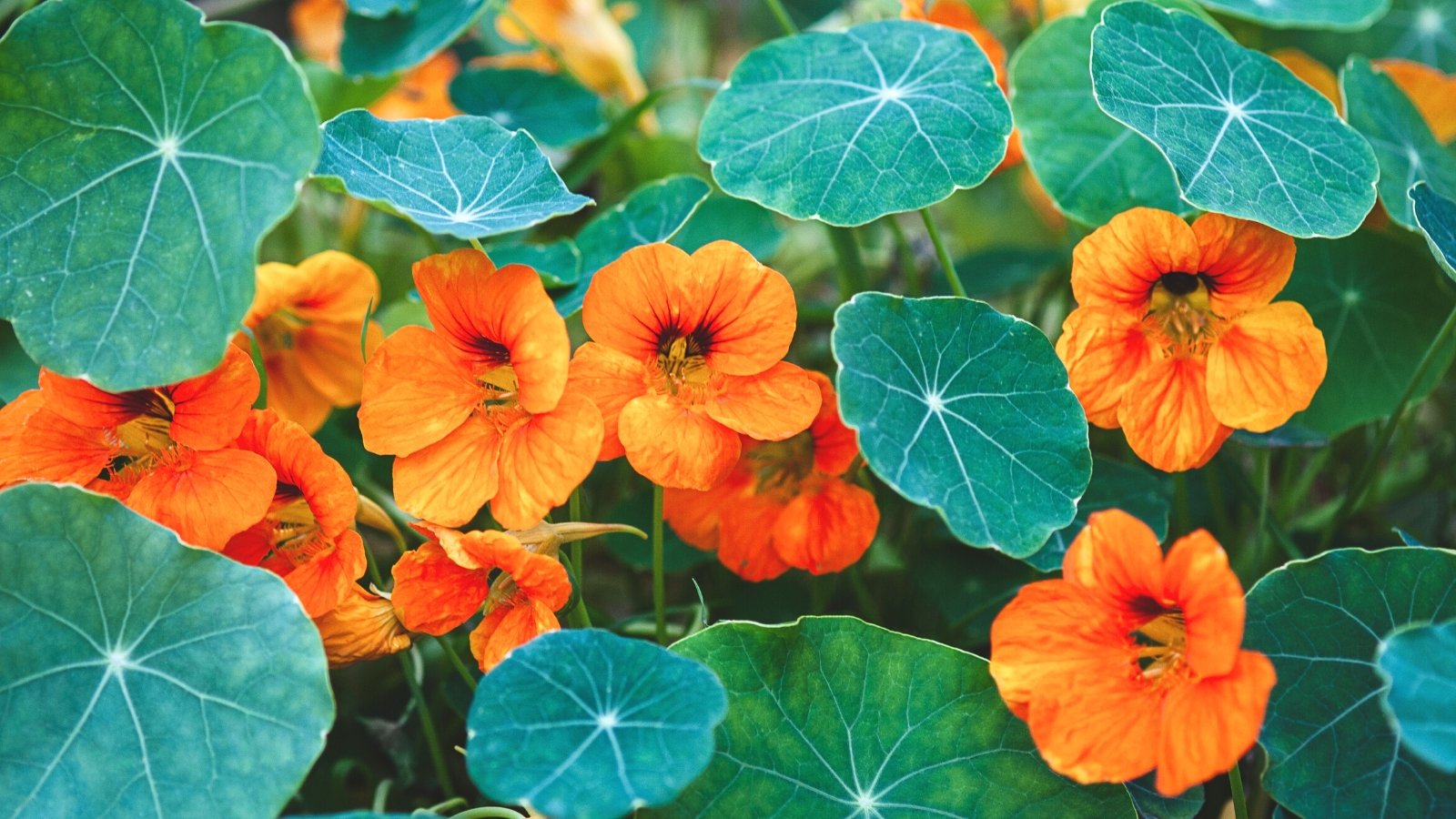
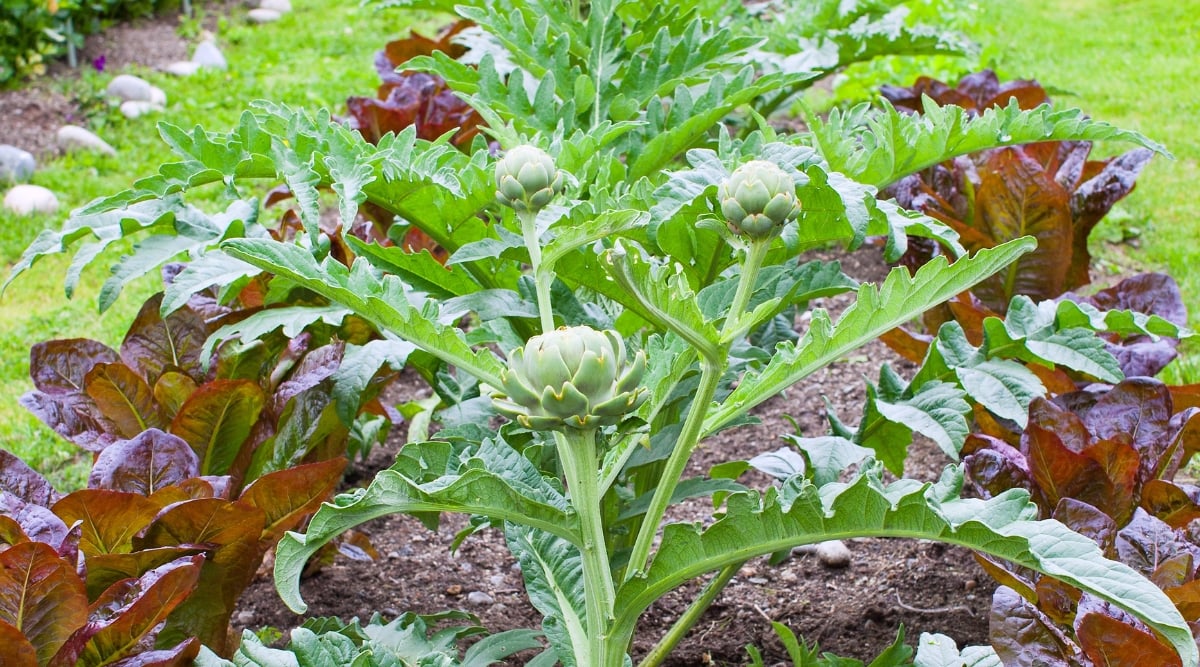
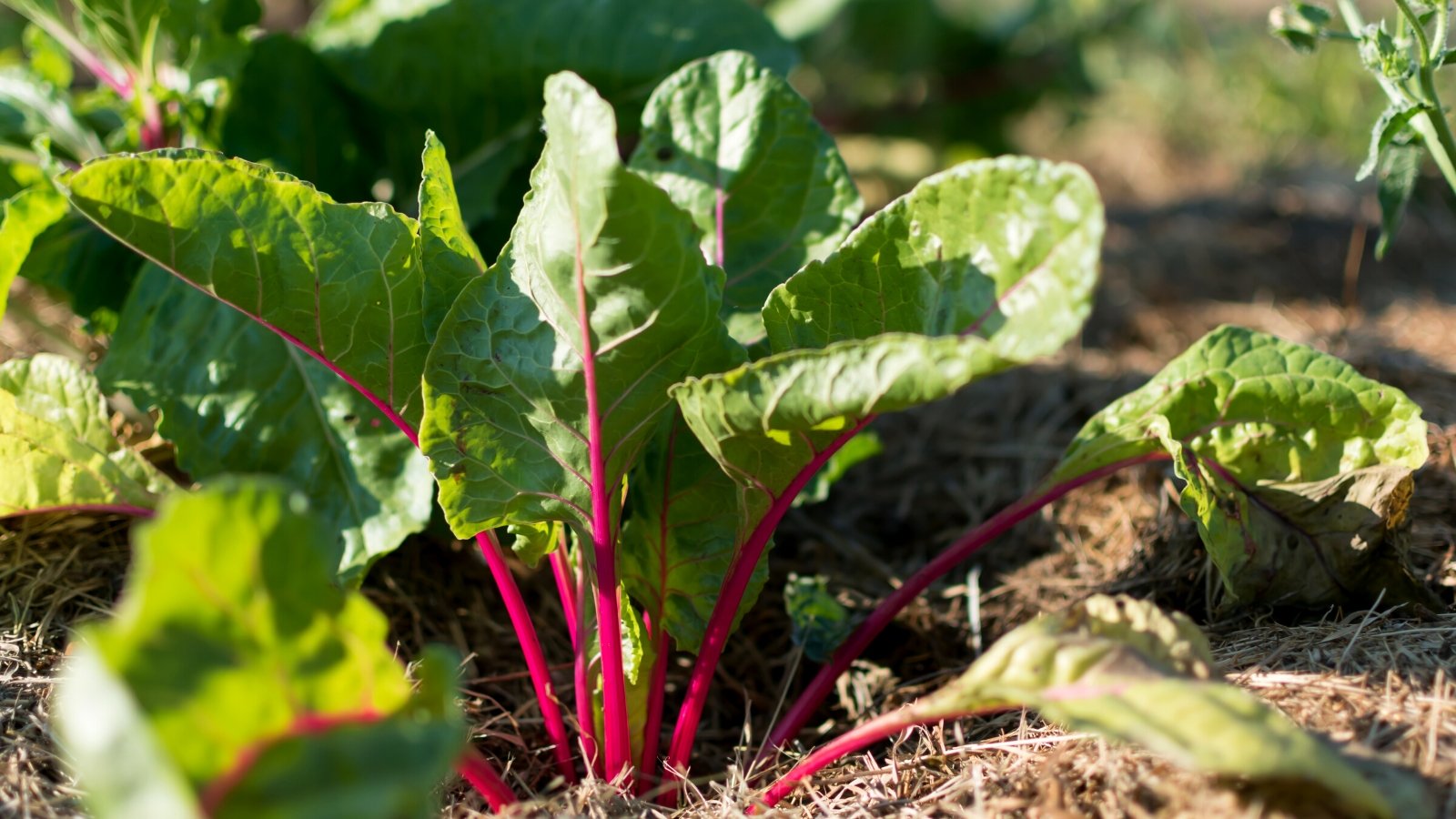
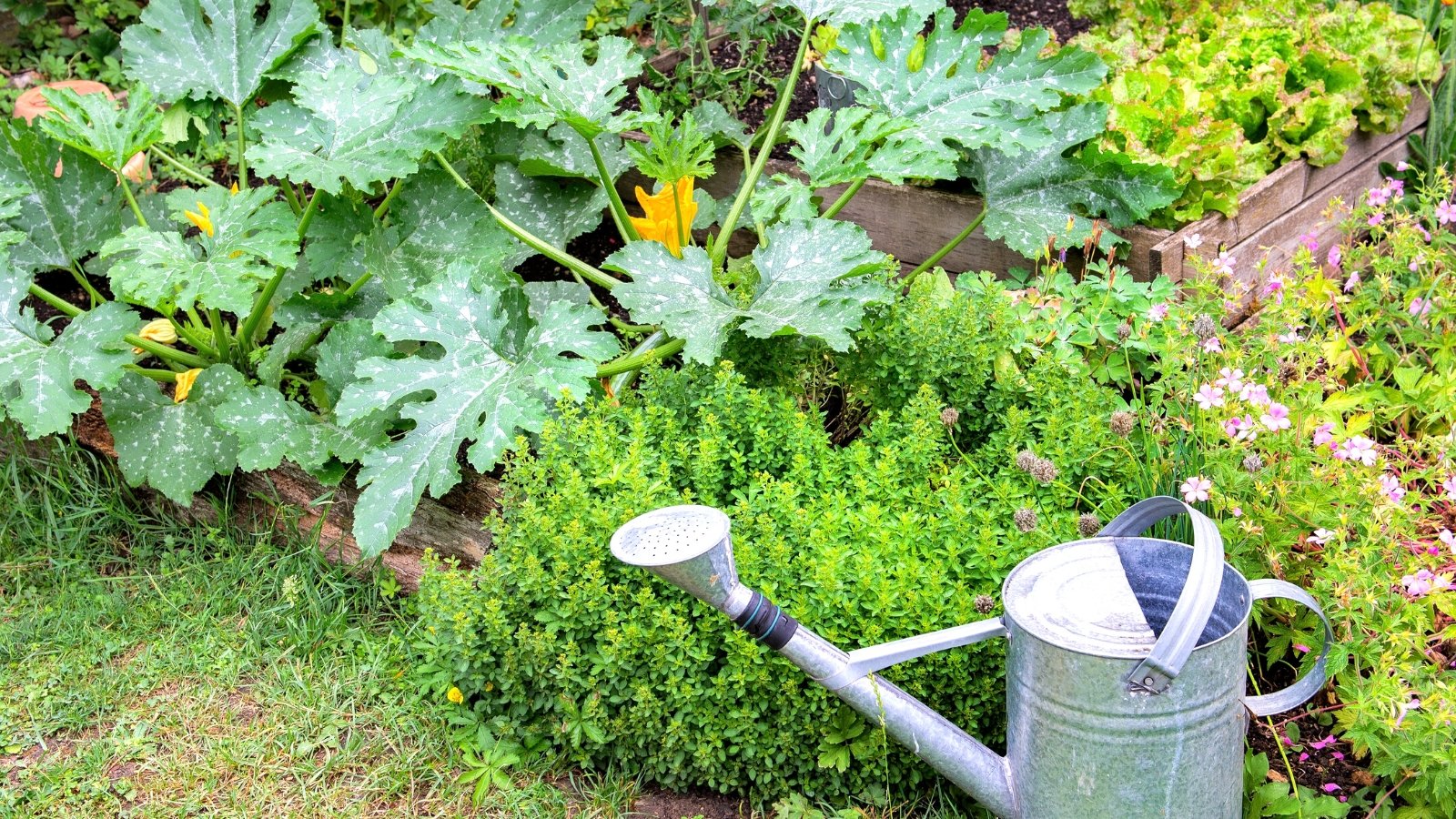
While I have always believed in companion planting, this article has given me a clearer understanding of why certain plants should not be planted together, particularly with tomatoes. The details on pests were also valuable.
I found the section about which plants to avoid with tomatoes particularly useful. It’s fascinating how certain vegetables compete for nutrients and how that can impact yield and overall plant health.
I appreciate the depth of information on tomato companions and their enemies. It’s crucial for gardeners to understand these relationships to maximize their garden’s productivity and avoid common pitfalls.
The discussion on the relationship between different plants was quite enlightening. It’s interesting to see how modern science is validating some old gardening practices and providing new insights for effective planting strategies.
This article provided a comprehensive overview of companion planting, specifically regarding tomatoes. I appreciate the scientific approach presented here, as it contrasts with the traditional folklore often shared among gardeners.